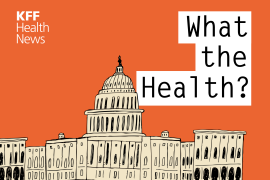Reports Examine Economy’s Effect on Health Care, State Trends in Family Planning Funding
- "Relief, Restoration and Reform: Economic Upturn Yields Modest and Uneven Health Returns," Center for Studying Health System Change: The report examines state budgets' sensitivity to economic cycles and the economy's impact on public health insurance eligibility, benefits and provider payments, as well as support for safety net hospitals and community health centers. The report also discusses the effects of the 2001 recession, which forced a majority of states to balance their budgets by cutting public insurance coverage, provider payments and key service areas such as mental health. Although economic recovery allowed many states to restore cuts and gave some states the opportunity to expand health services to low-income people, declining tax revenues, a slowing economy and increasing need for public coverage likely will reverse this trend, according to the report. The report was funded by the Robert Wood Johnson Foundation (Center for Studying Health System Change release, 1/29).
- "Public Funding for Family Planning, Sterilization and Abortion Services, FY 1980-2006," Guttmacher Institute: The analysis examines state trends in public funding for family planning services and notes that Medicaid family planning expansions have caused significant increases in public funding for contraceptive services. According to the report, public family planning funding reached $1.85 billion in fiscal year 2006, which was 63% more than the 1994 funding level when adjusted for inflation. However, spending patterns considerably diverged among states, with inflation-adjusted spending for family planning services decreasing or stagnating in one-third of the states between 1994 and 2006, while other states saw substantial increases (Guttmacher Institute release, 1/29).
This is part of the Morning Briefing, a summary of health policy coverage from major news organizations. Sign up for an email subscription.






